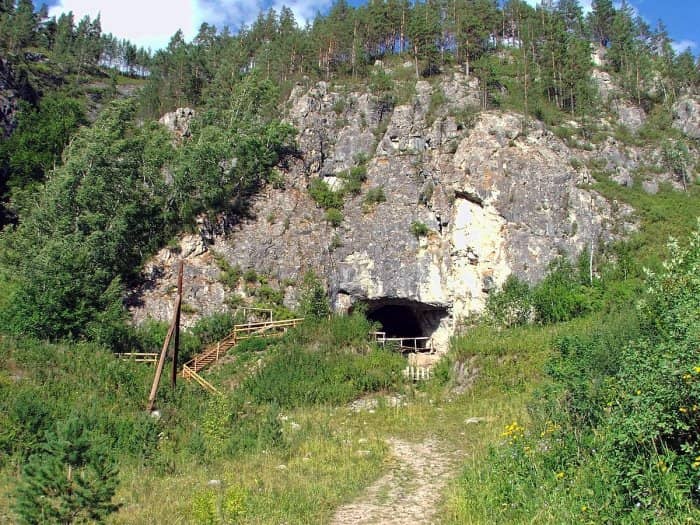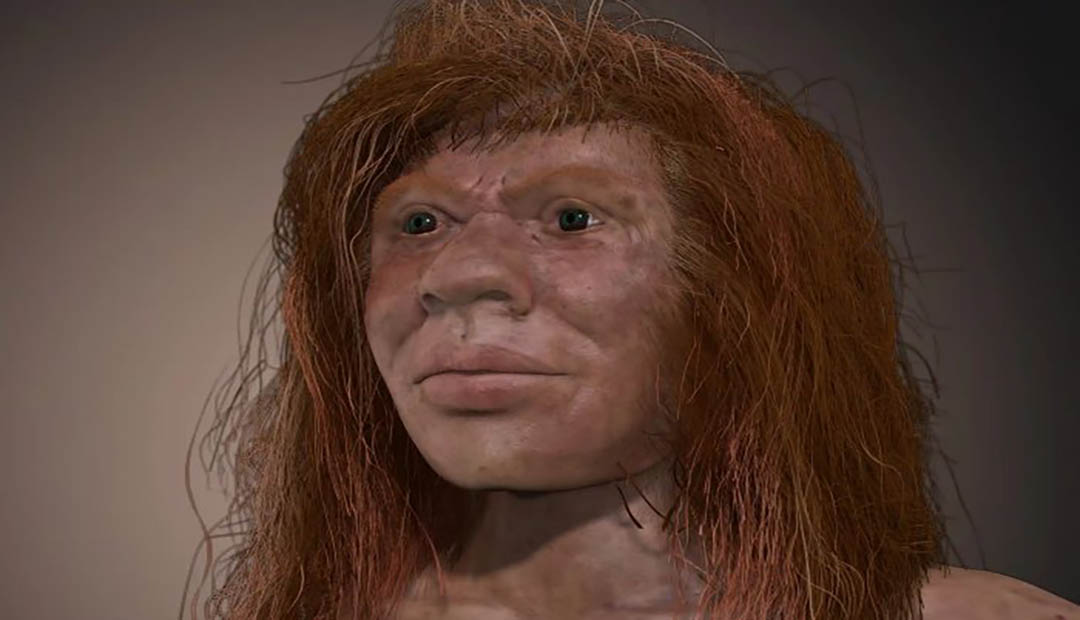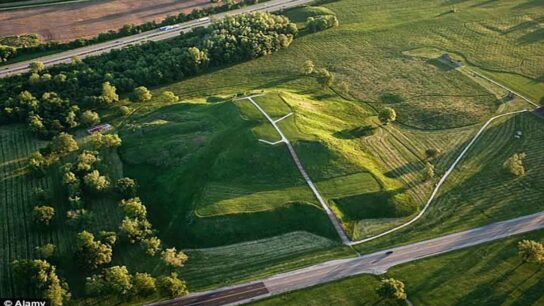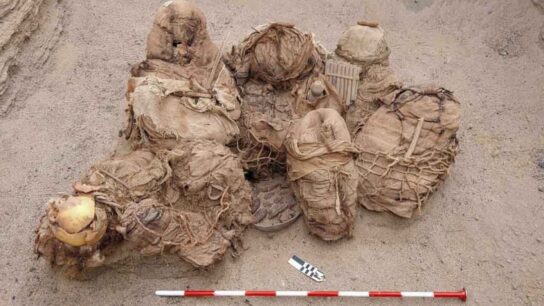Mysterious Denny: Unveiling the 90,000-Year-Old Human Hybrid from Denisova Cave
About 90,000 years ago, an interesting child walked the Earth. This individual was a young human hybrid. Nicknamed Denny by scientists, the ancient girl is the only known individual whose parents were from two different human species!
The bones of the Denny were discovered in 2018 when scientists investigated the Denisova Cave in the Altai mountains of southern Siberia.
Scientists did not have many of her remains, only a bone and teeth, but they were able to determine who she was.
FINDER, Fossil Fingerprinting and Identification of New Denisovan Remains is a recent project that has been deliberately started to shed light on the Denisovans and their relations with Homo sapiens and the Neanderthals. Scientists know all three species interbred, but the goal of the study s to understand more about the complex bonding between the species.

“We aim to find out where they lived when they came into contact with modern humans – and why they went extinct,” project leader Katerina Douka, of the Max Planck Institute in Jena, Germany and a visitor at Oxford University said.
Researching the story of the Denisovans is challenging because the only place where we have found their remains is the Denisovan Cave in Siberia, and only a handful of fossils have ever been dug up there, along with several Neanderthal pieces.
“It is a wonderful site,” says Tom Higham, deputy director of Oxford University’s Radiocarbon Accelerator Unit and an adviser to Finder. “It is cool inside, so DNA in bones does not disintegrate too badly. However, nearly all the bones there have been chewed up by hyenas and other carnivores.” As a result, Denisova’s cave floor is littered with tiny, unidentifiable bone fragments.
“You cannot tell whether a piece comes from a mammoth or a sheep – or a man or woman,” adds Higham. “Only a very few will be human, though they are certainly worth finding – they could tell us so much.”
Scientists performed DNA sequencing on the ancient girl’s bones and discovered she had parents from two different species. Denny’s mother was a Neanderthal, and her father was a Denisovan. Denny lived in the cave with several individuals, both the Neanderthals and the Denisovans, and she was only a young teenager at the time of her death.
“Neanderthals and Denisovans are extinct groups of hominins that separated from each other more than 390,000 years ago.

The genome of ‘Denisova 11’, a bone fragment from Denisova Cave (Russia) 3 comes “from an individual who had a Neanderthal mother and a Denisovan father. The father, whose genome bears traces of Neanderthal ancestry, came from a population related to a later Denisovan found in the cave. The mother came from a population more closely related to Neanderthals who lived later in Europe than to an earlier Neanderthal found in Denisova Cave, suggesting that migrations of Neanderthals between eastern and western Eurasia occurred sometime after 120,000 years ago.
The finding of a first-generation Neanderthal–Denisovan offspring among the small number of archaic specimens sequenced to date suggests that mixing between Late Pleistocene hominin groups was common when they met,” the scientists write in their study published in Nature. 1
Some may think Denny’s remarkable ancestry suggests that Neanderthals and Denisovans must have mated with each other regularly, but scientists warn against jumping to conclusions.
“The DNA of Neanderthals and Denisovans are distinct. We can easily tell them apart. That argues against frequent interbreeding. Otherwise, they would have ended up with the same DNA,” Douka says.
Previous studies have offered evidence Denisovans, and modern humans interbred, but why at Denisova?
“One suggestion is that the cave represents a border outpost for both species, one that was situated at the very eastern edge of the range of the Neanderthals, who were primarily a European species, and at the very western tip of the homelands of the Denisovans, who were an eastern species. Occasionally members from both groups would have reached the cave at the same time – with amorous consequences.
It is an idea borne out by detailed studies of Denny’s Neanderthal mother. Her genes show a particularly close affinity with Neanderthals who lived in Croatia, suggesting that the immediate predecessors of Denny’s mother may have been part of a group who slowly migrated east from Europe towards Denisova – where she encountered Denny’s father at the outer edges of each other’s homelands.




